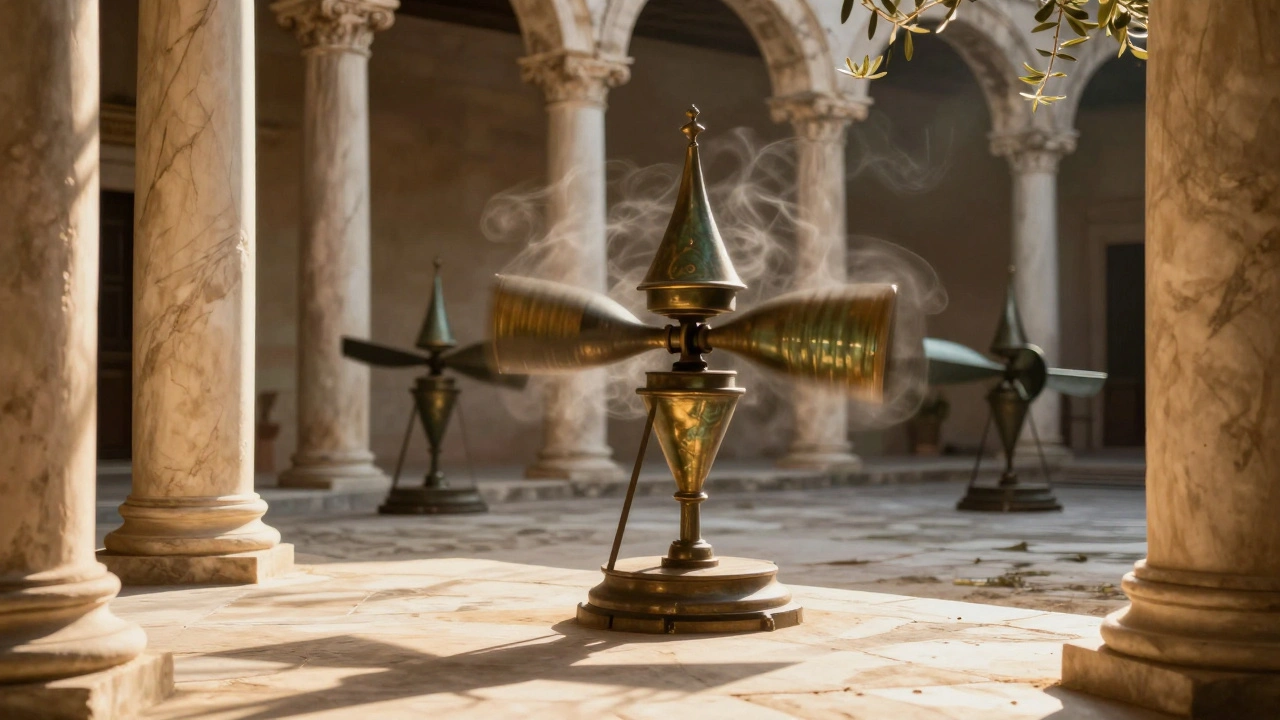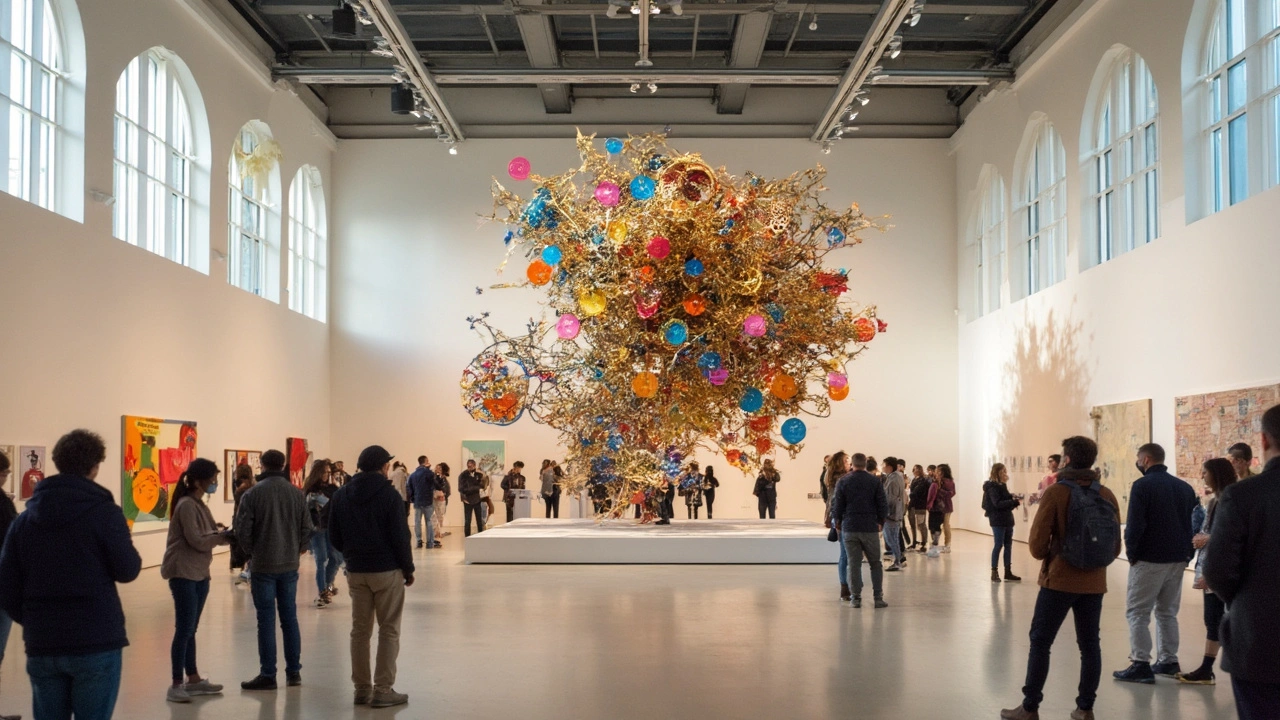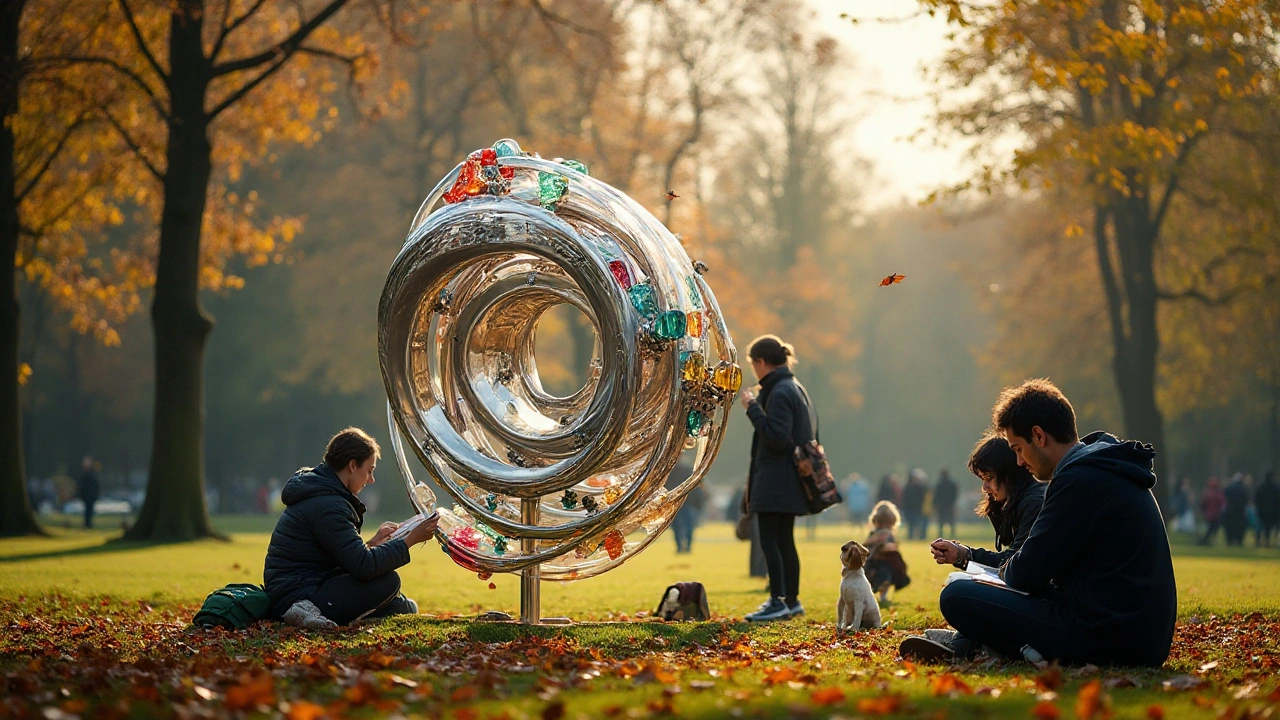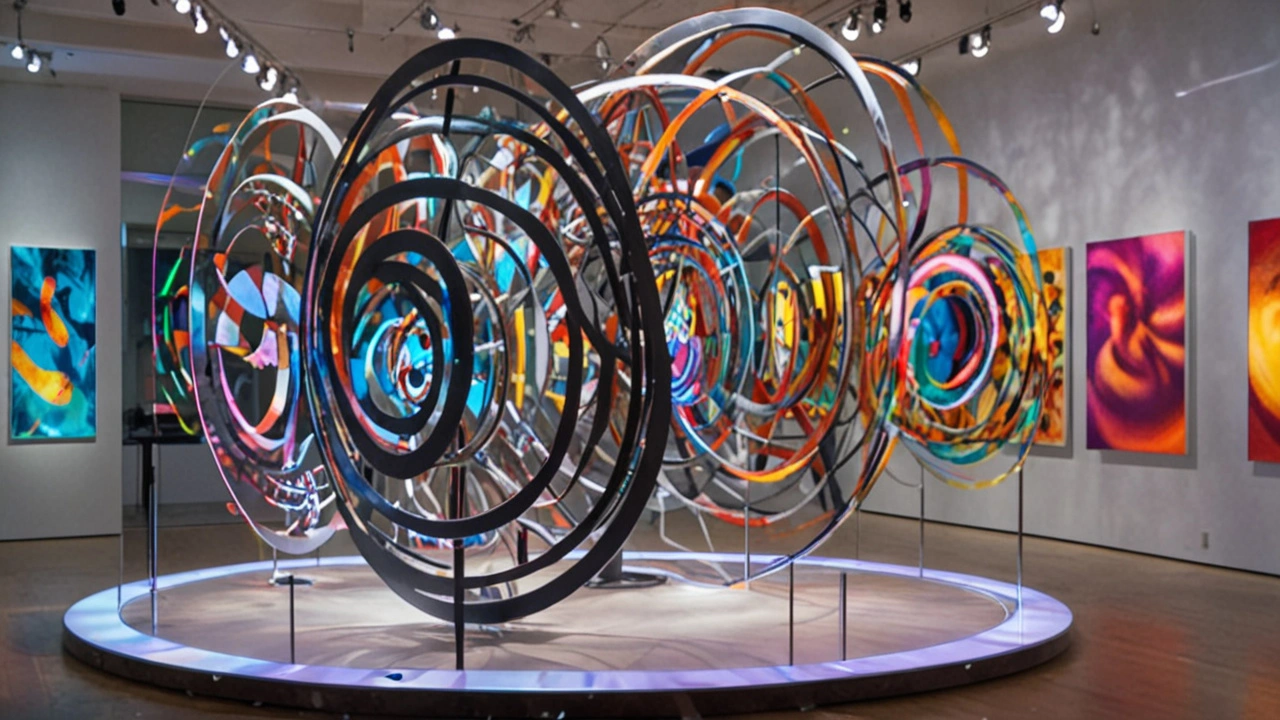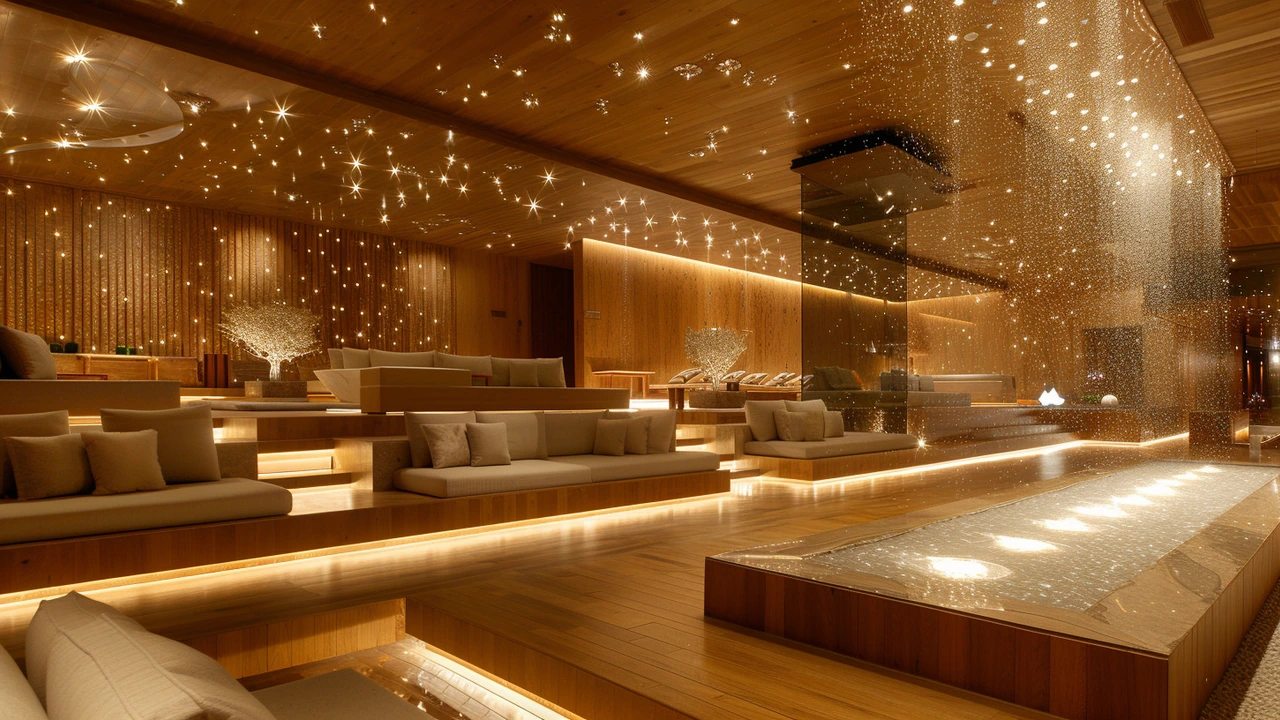Kinetic Art: movement that you can see and feel
What makes a sculpture come alive? Kinetic art uses real motion—wind, motors, or the viewer’s touch—to turn still objects into active experiences. You’ll find kinetic pieces in galleries, public plazas, and festivals. Some move slowly, some whirl fast, and the best ones make you notice space and time in a new way.
Kinetic art started in the early 20th century and picked up steam with artists who wanted to break the idea that art must sit still. Think mobiles that drift with a breeze and mechanical sculptures that rattle and laugh. The goal is simple: use motion to add meaning, surprise, or play.
How kinetic works are built
Materials range from metal and wood to LEDs and 3D-printed parts. Movement comes from three main sources: natural forces (wind, water), human interaction (touch, push), and mechanics (motors, gears). Start small if you want to experiment—a lightweight arm on a pivot, a small fan, or a string system will teach you the basics.
Balance is everything. A mobile that looks elegant but won’t balance is a lesson in physics. Use counterweights, test different pivot points, and keep materials light where possible. If you add electronics, protect them from weather and make maintenance easy. Designers often sketch motion paths first, then build simple prototypes to test how parts interact.
Where kinetic art shows up and why it matters
Kinetic ideas influence more than sculptures. You’ll see the same thinking in installation art that invites you to walk through moving parts, in land art that shifts with tides, and in futuristic urban pieces that interact with wind and light. Kinetic art can calm a busy plaza with slow-moving shapes or energize a lobby with dynamic light and shadow.
Visiting kinetic works changes how you look at public space. A moving sculpture can redirect foot traffic, create shade, or become a local landmark. Museums and designers use kinetic elements to make exhibits feel alive—so the art keeps changing even when you stand still.
Want to try making one? Start with a simple goal: a piece that moves in response to one clear trigger—wind, a person, or a button. Sketch the motion, pick safe materials, and test often. Use found objects to keep costs low: old fans, bicycle parts, or string and dowels work well. If you plan to install outdoors, think about durability and safety from day one.
Kinetic art rewards curiosity. It asks you to watch, to move, and sometimes to touch. Whether you’re exploring great mobiles in a gallery or building your first motorized piece in the backyard, kinetic art is a hands-on way to rethink what sculpture can do.


